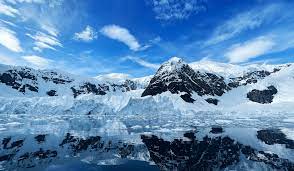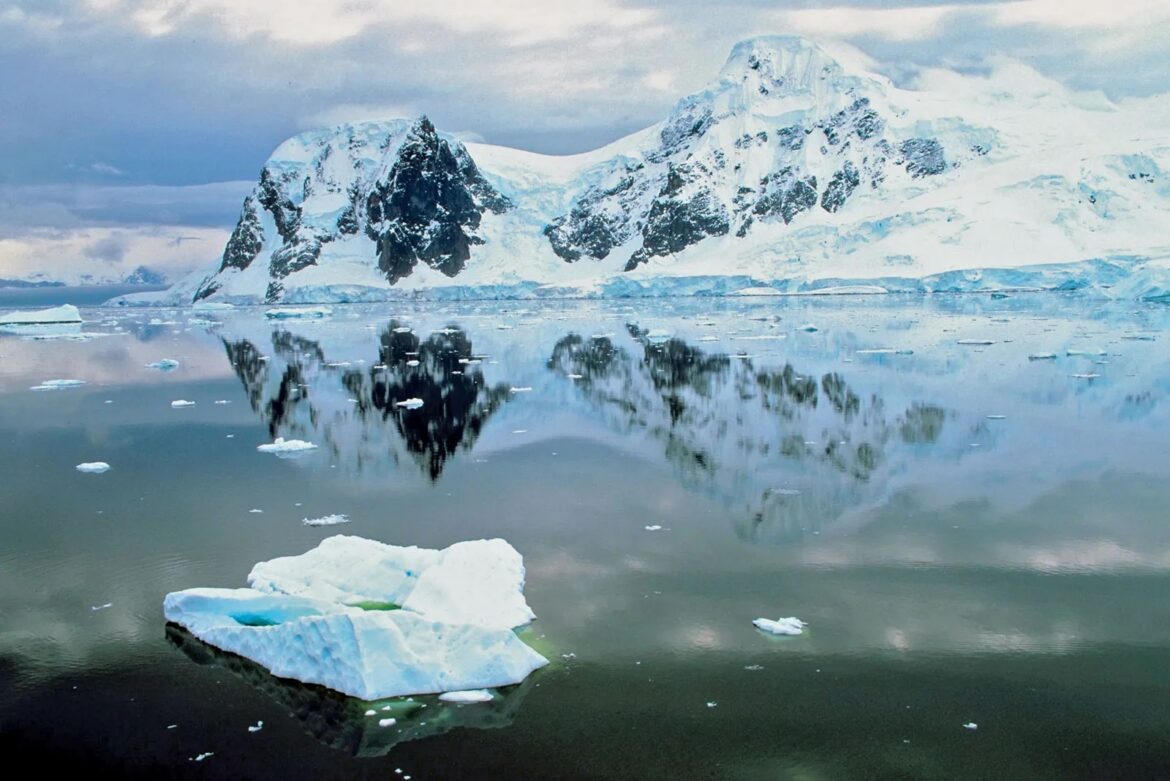Sea levels have risen 7.2 millimeters since the 1990s as a result of the loss of land ice in Antarctica.
Sea ice around Antarctica has decreased to historically low levels, according to satellite data, a disturbing trend that indicates regions that were once thought to be resistant to global warming are no longer able to hold out.
Polar specialists believe that the planet’s future may be affected significantly by the two poles’ melting ice.
Since Antarctica’s ice plays a significant role in regulating the world’s temperature, it will also have a significant impact on climate change. The white ice cools the water underneath it by reflecting the Sun’s heat back into the atmosphere.
According to the BBC, there is currently fewer than 17 million square kilometers of floating ice in the Antarctic Ocean, which is 1.5 million square kilometers less than the usual for September and far less than past winter record lows.
Researchers are currently working hard to determine what is causing the South Polar Region’s snow ice to rapidly melt.

How does sea ice develop in Antarctica?
Antarctica’s winter season, which lasts from March to October, produces sea ice, which later melts in the summer. It is a crucial component of a bigger system that also consists of icebergs, land ice, and vast ice shelves that extend from the shore.
The ocean is kept from warming by the protective barrier that sea ice provides for land ice. Dr. Caroline Holmes of the British Antarctic Survey cautions that as summer approaches, the effects of melting sea ice could become obvious and set off an uncontrollable feedback loop.
As sea ice melts, dark ocean regions that absorb light rather than reflecting it become visible. The ice-albedo effect, which results in the water absorbing heat energy, accelerates ice melt as a result.
This would cause the climate to become much hotter, which would interfere with Antarctica’s function as a global temperature regulator.
Why is sea ice thinning such a significant deal?
Sea levels have risen 7.2 millimeters since the 1990s as a result of the loss of land ice in Antarctica. Even little sea level rises can cause dangerous storm surges, endangering coastal populations. The effects on millions of people around the world would be catastrophic if significant volumes of land ice melted.
Being a remote continent encircled by ocean, Antarctica has its own unique weather and climatic system. Its winter sea ice was growing up to 2016. In contrast to the predicted -50C, a strong heatwave in March 2022 in East Antarctica caused temperatures to soar to -10C.



